Introduction
In the realm of culinary adventures, few dishes offer as unique a flavor profile and textural experience as dry-fried silkworm pupae, a specialty found predominantly in regions where sericulture (the practice of raising silkworms for their silk) is prevalent. Known for their nutty, savory taste and crunchy exterior, these insects-turned-delicacy have garnered a cult-like following among food enthusiasts and adventurous eaters. While the concept of consuming silkworm pupae might initially strike some as unconventional, the art of dry-frying them transforms them into a delightful snack or appetizer that is both nutritious and delightfully addictive. This guide will walk you through the step-by-step process of how to perfectly prepare dry-fried silkworm pupae, ensuring that your culinary exploration is both successful and enjoyable.
Understanding Silkworm Pupae
Before diving into the preparation, it’s crucial to understand what silkworm pupae are. Silkworms, the larvae of the Bombyx mori moth, are meticulously reared on mulberry leaves until they enter their pupal stage. At this point, they cease eating and begin to transform into moths. It is during this pupal stage that they are harvested for their silk or, in some cultures, for consumption. Silkworm pupae are rich in protein, fats, and essential amino acids, making them a valuable food source in many parts of the world.
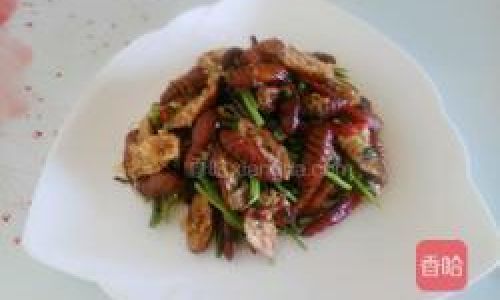
Selecting High-Quality Pupae
The first step in preparing dry-fried silkworm pupae is sourcing fresh, high-quality pupae. Ideally, look for pupae that are uniformly sized, firm to the touch, and have a clean, white appearance with no visible signs of mold or discoloration. Freshness is key; older pupae may have a stronger, less appealing odor and texture. If purchasing from a market or supplier, inquire about the storage conditions and the time since harvesting to ensure you’re getting the best possible product.
Preparation and Cleaning
Once you have your pupae, the next step is preparation and cleaning. Begin by rinsing the pupae under cold running water to remove any dirt or debris. Be gentle during this process to avoid damaging the pupae, which could affect their appearance and texture once cooked. After rinsing, pat them dry using a clean kitchen towel or paper towels. This step is crucial as excess moisture can cause the pupae to steam rather than dry-fry, resulting in a softer, less crunchy final product.
Marinating for Flavor (Optional)
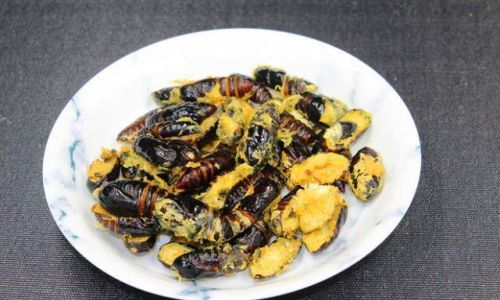
While traditional dry-fried silkworm pupae rely solely on the inherent flavors of the pupae and the cooking process, marinating can add an extra layer of complexity and taste. If you wish to marinate, combine a mixture of soy sauce, sesame oil, garlic powder, and a pinch of white pepper in a bowl. Add the pupae, ensuring they are evenly coated, and let them sit for at least 30 minutes, preferably refrigerated, to allow the flavors to penetrate. Marinating is optional and should be done based on personal preference and the desired flavor profile.
Heating the Oil
The heart of dry-frying lies in the oil. Choose a neutral-flavored oil with a high smoking point, such as peanut oil, canola oil, or grapeseed oil. Pour enough oil into a deep frying pan or wok to fully submerge the pupae. Heat the oil over medium-high heat until it reaches approximately 350°F (175°C). You can test the readiness of the oil by dropping a small piece of bread into it; if it browns quickly and evenly, the oil is ready.
Dry-Frying the Pupae
Carefully add the pupae to the hot oil, ensuring they are not overcrowded. Overcrowding will lower the oil temperature, leading to uneven cooking and a soggy texture. Fry the pupae in batches if necessary, stirring occasionally to ensure even cooking. The pupae will turn golden brown and begin to crackle as they cook, indicating that they are developing that delightful crunchy exterior. This process typically takes around 3-4 minutes per batch.
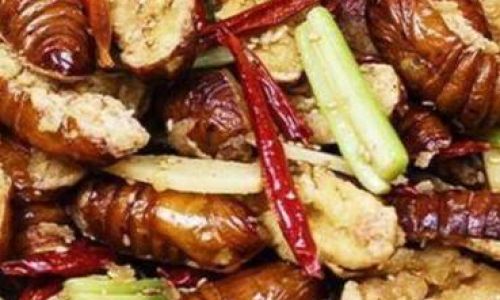
Controlling the Cooking Time
The cooking time is crucial; too short will leave the pupae undercooked and soft, while too long can make them overly crispy and potentially bitter. Keep a close eye on the pupae and use a slotted spoon to remove them from the oil once they reach the desired golden-brown color and crunchiness. Place the fried pupae on a plate lined with paper towels to drain excess oil and cool slightly.
Seasoning and Serving
Once the pupae have cooled slightly, you can enhance their flavor with a sprinkle of salt, a dusting of five-spice powder, or a light drizzle of honey for a sweet-savory contrast. Some prefer to add a squeeze of lemon juice or a dash of chili oil for an extra kick. The possibilities are endless, and the seasoning should reflect your personal taste preferences.
Serving Suggestions
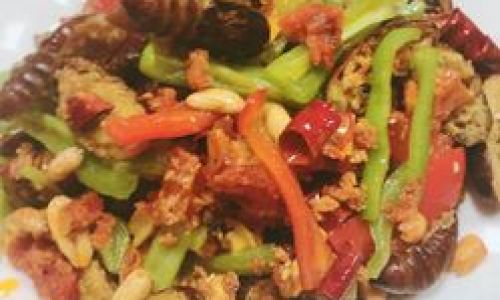
Dry-fried silkworm pupae can be served as a standalone snack, an appetizer, or even incorporated into more complex dishes. They pair well with beer, sake, or any light beverage that complements their nutty, savory flavors. For a more elaborate presentation, consider serving them atop a bed of mixed greens or alongside a dipping sauce made from soy sauce, rice vinegar, sesame oil, and minced garlic.
Conclusion
Preparing dry-fried silkworm pupae may seem daunting at first, but with the right techniques and ingredients, it can become a rewarding culinary endeavor. This dish not only offers a unique flavor experience but also introduces you to a world of culinary traditions and practices that span continents and cultures. By following this guide, you’ll be able to create a delicious, crunchy snack that is sure to impress even the most discerning of food enthusiasts. So, the next time you’re feeling adventurous in the kitchen, give dry-fried silkworm pupae a try—you might just discover a new favorite!
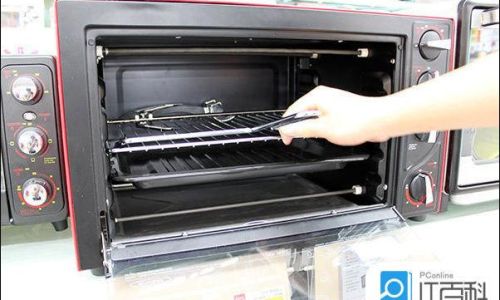

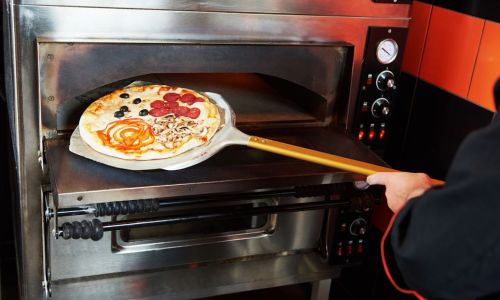

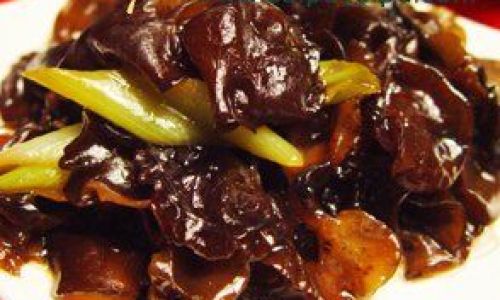
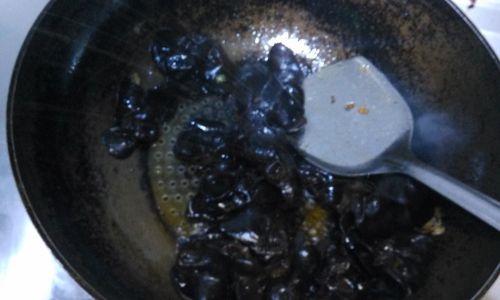
0 comments